#120 in Vietnam
Bánh Phồng Tôm: Basic Information
Pronunciation
Alternative Name(s)
Dish Type
Course
Mealtime
Popular Variations
Bánh Phồng Tôm: Ingredients and Preparation
Main Ingredients
Main Cooking Method
Preparation Process
Bánh Phồng Tôm: A Deep Dive
Cultural Significance
Taste
Texture
Aroma
Color
Serving Style
Serving Temperature
Accompaniment
Occasions
Seasons
Special Diets
Calories
Popularity
Popular Similar Dishes
- Fish Cracker
- Senbei
- Chicharrón
Popular Dining Area
Bánh phồng tôm is what Vietnamese people call prawn crackers, a deep-fried snack consisting of prawn flesh and tapioca starch or wheat flour.
It is very popular in the Mekong Delta, where locals usually serve it alongside gỏi (sweet and sour salads in Southern Vietnamese cuisine).
Bánh phồng tôm is usually available in dried form as small, thin, hard rounds or squares. Locals deep-fry them shortly before serving. The prawn crackers will significantly increase in size and acquire a crispy, airy texture.
In addition to serving with gỏi, bánh phồng tôm can also be a standalone snack. Using uncooked bánh phồng tôm as an ingredient in soups is another popular usage.
Some Vietnamese people even use round prawn crackers as a base for bánh bèo (a dish of steamed rice cakes topped with savory ingredients).
While prawn crackers allegedly originated in Indonesia, bánh phồng tôm is now a traditional dish in Southern Vietnam.
Places famous for bánh phồng tôm production are the provinces of Soc Trang, Ca Mau, and Dong Thap. Sa Dec, the provincial capital of Dong Thap, boasts the best bánh phồng tôm in Vietnam.
Compared to the original versions in Indonesia and Malaysia, bánh phồng tôm is lighter and less spicy, a trait it shares with Chinese prawn crackers.
Do you want to know more interesting facts about bánh phồng tôm, like its strengths, weaknesses, common concerns, and similar dishes? Read on to find out!
Key Points
Bánh Phồng Tôm Images
How Are Bánh Phồng Tôm Made?
The preparation of bánh phồng tôm involves the following 4 steps:
Step 1: Preparing the Prawn and Flour Mixture
Puree deshelled prawns into a smooth paste. Combine the paste with tapioca flour or wheat flour, water, and optional ingredients like eggs, black pepper, garlic, or seasoning.
Step 2: Steaming the Prawn and Flour Mixture
Pour the mixture into a steamer to make a large sheet. Adjust the thickness of the sheet to personal preferences. Steam the sheet until it is fully cooked. Let it cool down.
Step 3: Shaping and Dehydrating Bánh Phồng Tôm
Dry the sheet in the sun before cutting it into small pieces or, alternatively, cut it into small pieces and dehydrate them in a food dehydrator. Keep bánh phồng tôm in an airtight container if not using it immediately.
Step 4: Cooking Bánh Phồng Tôm
Deep-fry bánh phồng tôm in the wok, fry it in the air fryer, or cook it in a microwave. Prawn crackers should be brushed with oil before being air-fried.
This preparation process gives bánh phồng tôm its iconic taste and texture, a major plus point of this dish. Read on to discover other boons and possible drawbacks of bánh phồng tôm.
Pros and Cons of Eating Bánh Phồng Tôm
Bánh phồng tôm comes with the benefits and shortcomings below.
Pros
Cons
With these pros and cons in mind, your understanding of bánh phồng tôm is nearly complete. Stay tuned for information on popular accompaniments for bánh phồng tôm.
What Vietnamese Dishes Can Pair With Bánh Phồng Tôm?
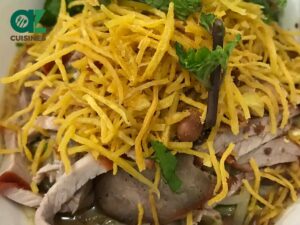
Phở Chua (Sour Pho)
A tangy version of the classic pho, seasoned with souring agents for a unique, puckering flavor.
Next, find out everything about bánh phồng tôm in the FAQs section!





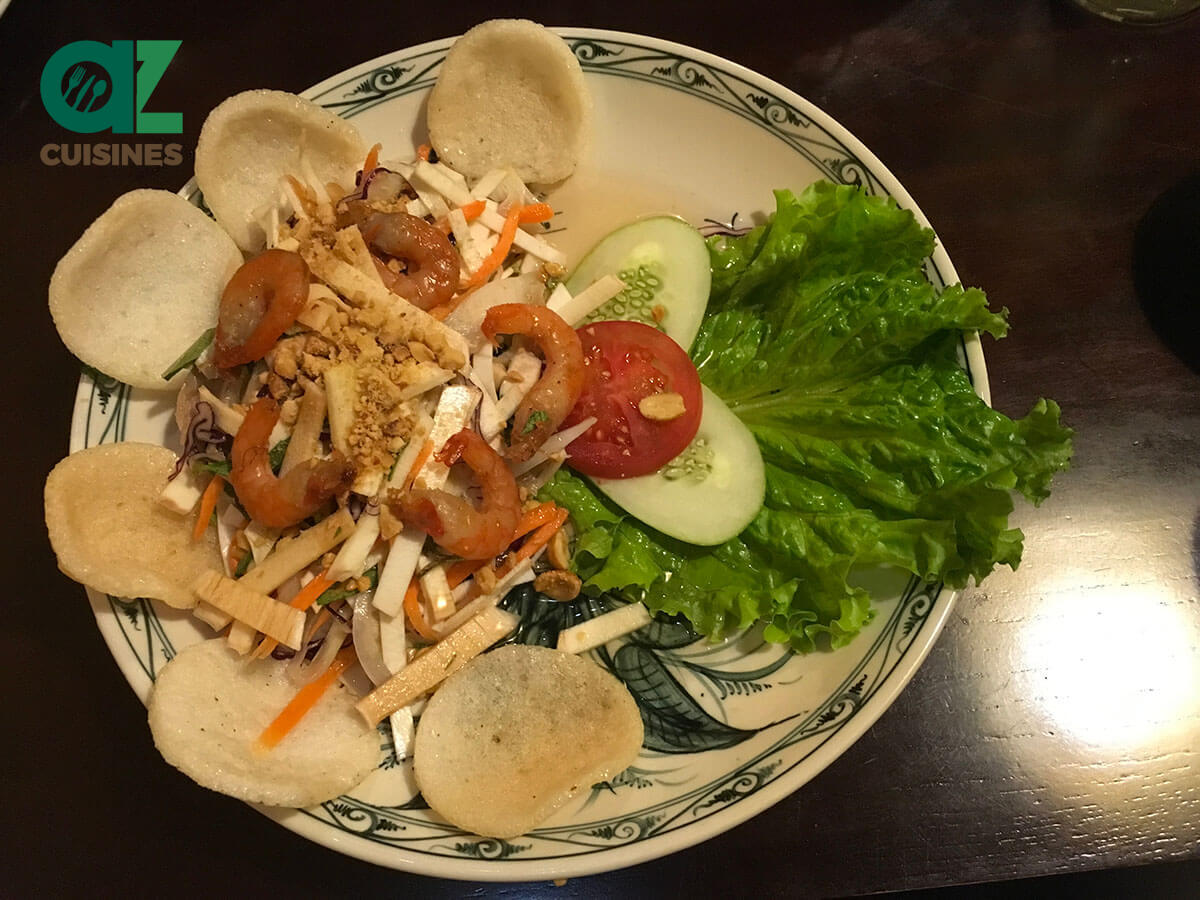
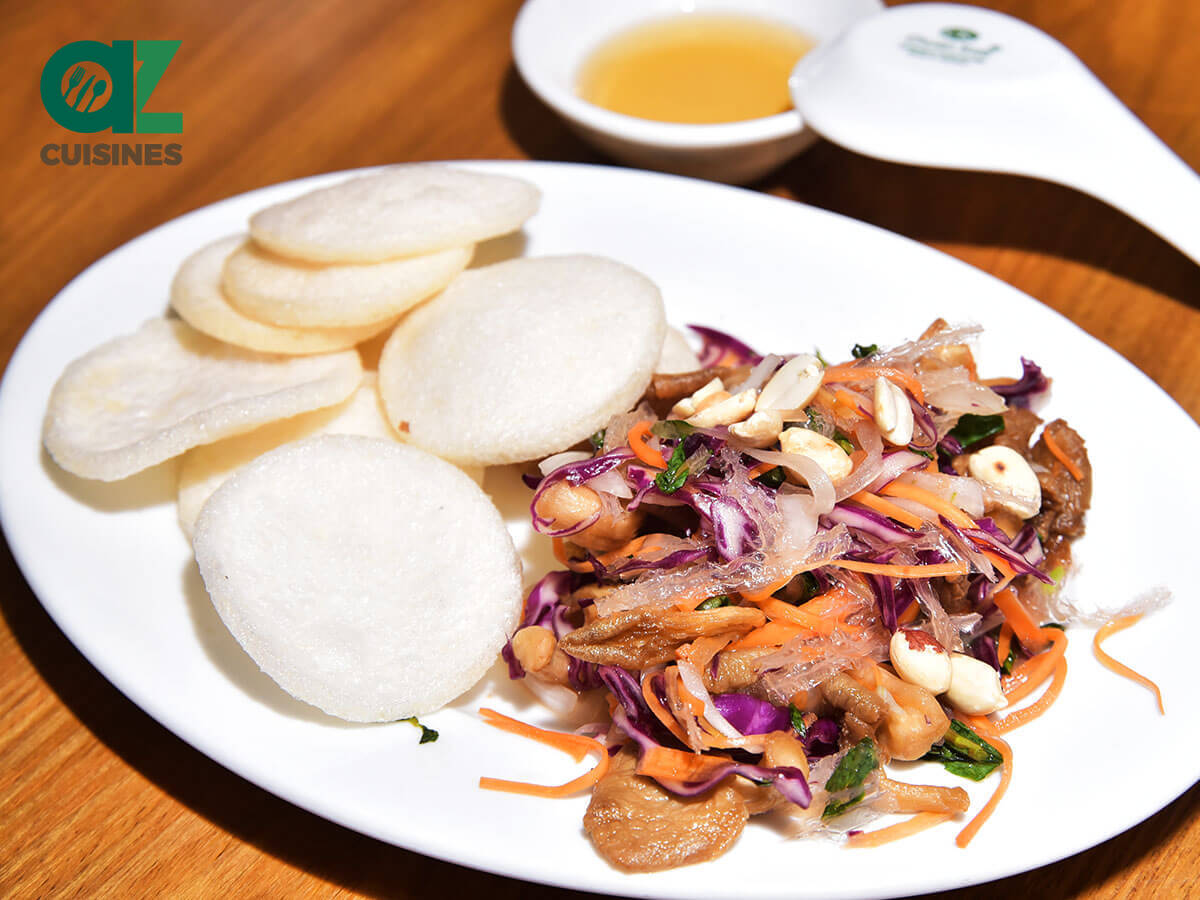
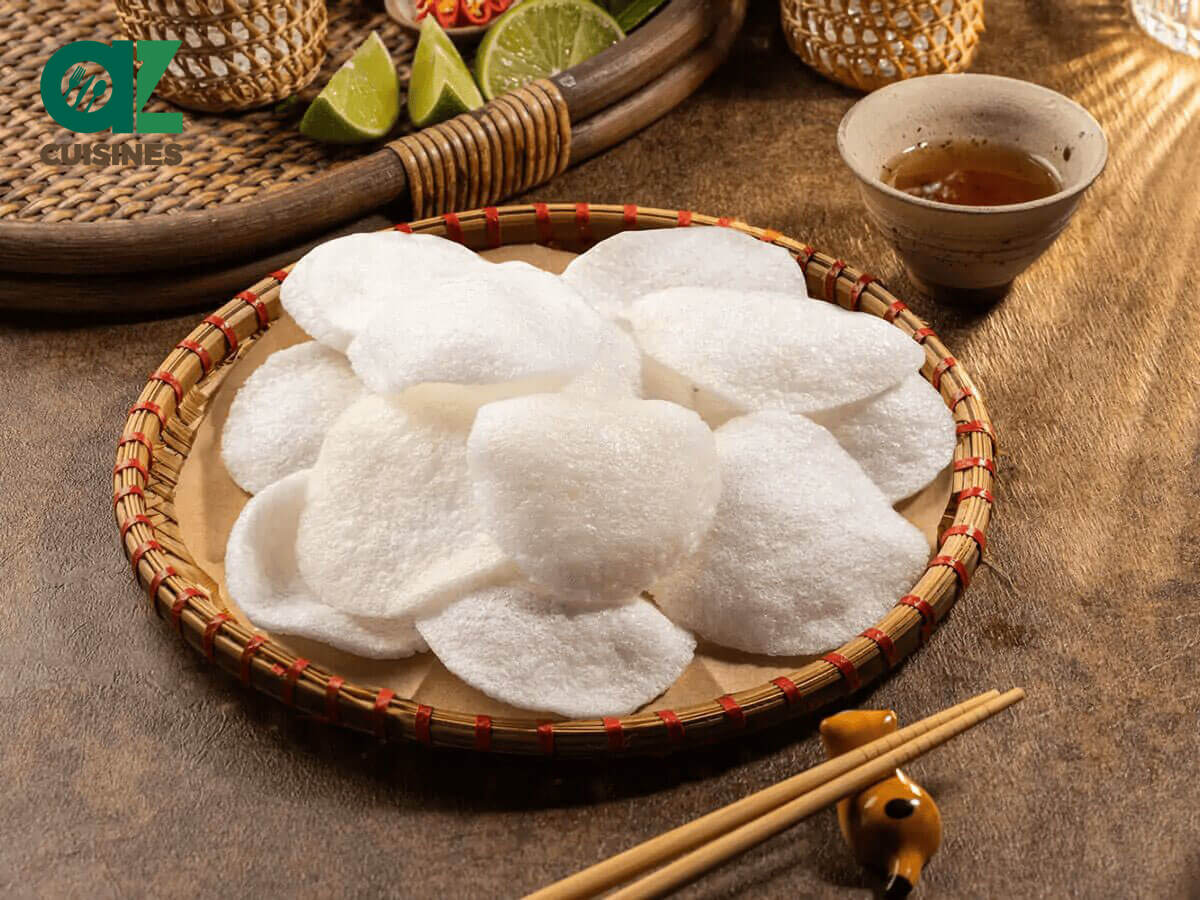

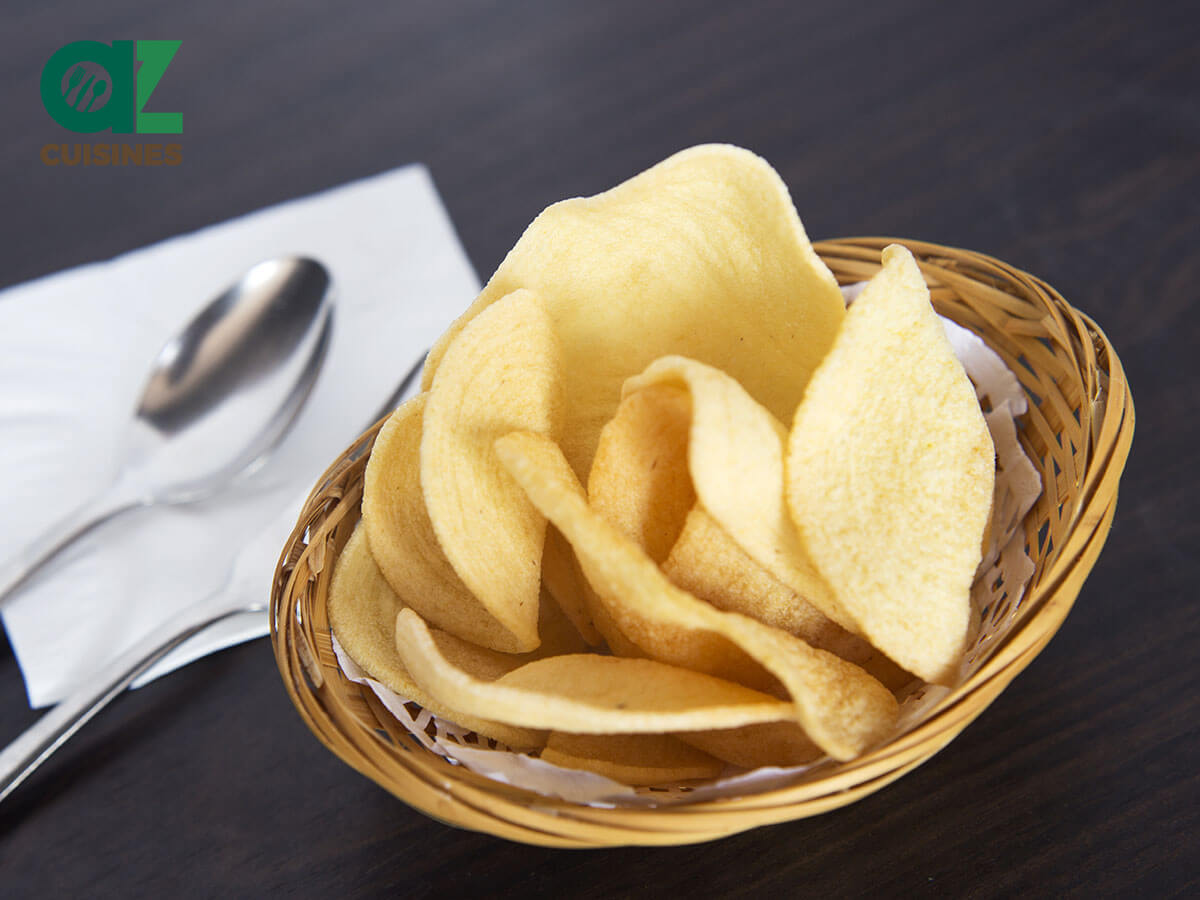

Truc Tran (Kris)
Senior Food Editor
Expertise
Home Cooking, Meal Planning, Recipe Development, Baking and Pastry, Food Editor, Cooking-video Maker, Vietnamese Food Evaluation Expert
Education
Truc Tran (Kris), an experienced food writer and editor, is great at exploring and describing global cuisines, from simple street food to fancy dining. In her writing, she skillfully mixes different flavors, cooking methods, and culinary traditions, showing the unique character of various cultures through their food and drinks. On azcuisines.com, Kris highlights her knowledge, especially in Asian cuisine and worldwide traditional dishes.